




Introduction to Natural Disaster
Large-scale geological or meteorological phenomena that have the potential to cause loss of life or property are considered natural disasters. Studying past natural disasters is the best technique to predict when future ones will happen. This provides critical data to scientists about the events surrounding disasters. It helps in the understanding of the natural processes behind disasters by scientists.
The causes of hurricanes, tornadoes, and flooding are now well understood by scientists. But it's far more difficult to predict things like earthquakes and volcanic eruptions. Avalanches, droughts, flooding, hurricanes, tornadoes, tsunamis, volcanic eruptions, and wildfires are a few examples of the various forms of natural disasters. We're going to take a closer look at the forecast and prevention of typical natural disasters.
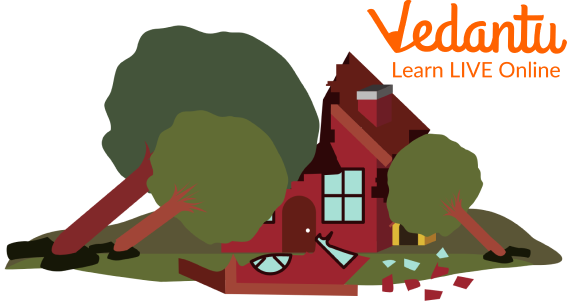
Natural Disaster
What are Natural Disasters?
A natural disaster is described as "a big event caused by Earth's natural processes that causes widespread destruction of the environment and loss of lives."
A natural hazard often precedes a natural disaster. The Gujarat Earthquake, which happened on January 26, 2001, is an example of a natural disaster. The natural hazard is found beneath the state of Gujarat's active fault lines.
Causes of Natural Disasters
The main causes of natural disasters are tectonic shifts, lunar activities, deforestation, soil erosion, air pressure, ocean currents, pollution, global warming, mining, seismic waves, etc.
Agricultural practices, mining, deforestation, etc., can lead to landslides. Plants and animals can also be damaged by wildfires.
What is Predicting Natural Disasters?
Natural disasters like hurricanes, earthquakes, and flooding cannot be stopped. However, there are still ways to reduce the damage caused by natural disasters. Prediction and warning systems, education, preparation, and public awareness can minimise the consequences of a natural disaster on communities. Property and natural resources can be secured when a warning of an approaching disaster can be given well in advance, as it can for some riverine floods, wildfires, and hurricanes.
Reducing the Impact of Natural Disasters
Some natural disasters cannot be prevented. They are uncontrollable by people because of the natural factors that cause them. However, there are several strategies to minimise their consequences, including planning for natural disasters, preventing them where possible, and reducing how they affect people.
There are two basic approaches to reducing the effects of natural disasters. A disaster can be predicted through warning systems, and the difficulties it causes can be resolved with the aid of relief organisations. The deaths caused by natural disasters can potentially be avoided with careful planning. People should decide not to construct cities, for instance, around active volcanoes, earthquake zones, or floodplains.
Scientists from around the world have developed some preliminary calculations to help us predict when, where, and how strongly another earthquake, tsunami, volcano eruption, or any other natural disaster will occur.
Which Natural Disasters Can be Forecasted?
A natural disaster is an unanticipated, dreadful event that causes substantial damage and casualties. A few examples of natural disasters are cyclones, volcanoes, earthquakes, floods, and landslides. Floods can also be forecast based on river water levels. Floods and tornadoes can be forecast. Based on scientific evidence, tornadoes can be predicted. We can predict when and where it will happen based on historical patterns in records. It is impossible to forecast other natural disasters, such as earthquakes and volcanic eruptions.
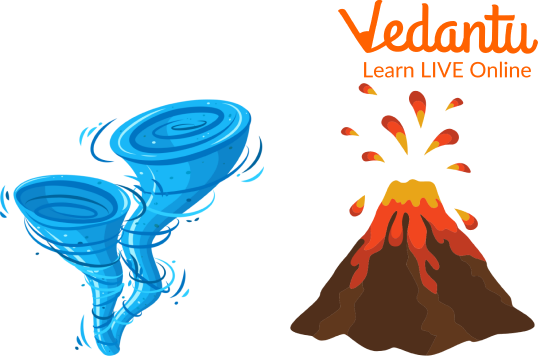
Cyclone And Volcano
Latest Means of Forecasting Disasters
Forecasting is the process of analysing data that has been gathered over a long period and using it to develop a strategy to "predict the likely weather" and its effects.
In the field of forecasting, the method has advanced much like how algorithms are developed in programming languages that can efficiently analyse a massive amount of data, process the outputs, and generate predictions.
The GIS system's data collection aids in both preparing for and responding to natural disasters.
Solutions to Prevent Natural Disasters
Technology has made great strides in predicting the onset of natural disasters. But it's impossible to stop the harm these catastrophes cause. Therefore, a thorough understanding of the different kinds of natural disasters and the techniques of disaster management can help individuals better cope with such situations.
Finding solutions to lessen the negative effects of natural disasters is essential because it is impossible to prevent their occurrence.
Strategies to Minimise the Impact of Serious Natural Disasters
Here are some strategies to minimise the impact of serious natural disasters
Assembling medical supplies for emergencies and monitoring weather updates
Building shelters and stocking food supplies are risk mitigation strategies.
Purchasing cutting-edge equipment to make precise weather forecasts
Evacuating more disaster-prone areas
Reforestation
Economic assistance
Public awareness
Some Natural Calamities
Here you will get the answer to questions like name some natural calamities. Natural disasters can be categorised in different ways as following
Geological Disasters - Geological disasters are uncontrolled events that come from changes in the earth, either above or below the surface. Earthquakes, Volcanic Eruptions, Avalanches, Landslides, and Sinkholes.
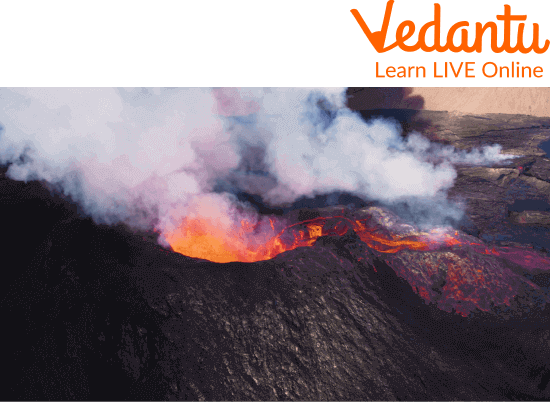
Geological Disasters
Hydrological Disasters - A sudden and severe incident known as a "hydrological disaster" is a situation that results from a change in the quality, distribution, or movement of water below the surface or in the atmosphere. Ex. Tsunami, Flood, and Limnic Eruption.
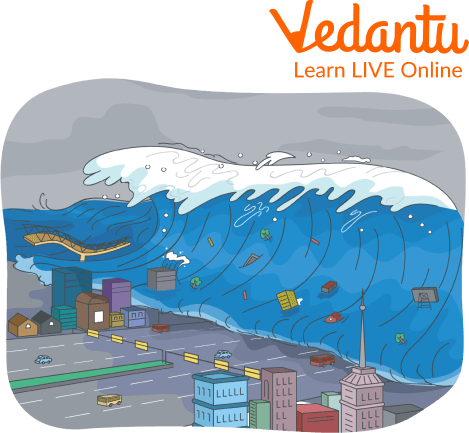
Hydrological Disasters
Meteorological Disasters - Extreme weather conditions like rain, snow, or drought are frequently to blame for meteorological disasters. These have an impact on the formation of weather and the atmosphere of the world. Cyclonic Storms, Drought, Cold Waves, Heat Waves, Blizzards, Tornadoes, and Hailstorms.
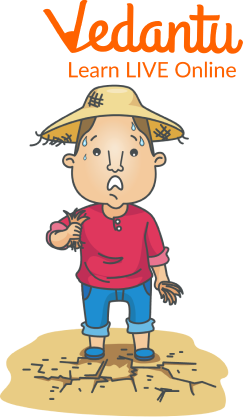
Meteorological Disasters
Summary
Disasters are sudden events that significantly harm people, property, and societal components of a country or community. A natural disaster is an unimaginable, dangerous event that causes substantial damage and casualties. A natural disaster is an unforeseen, terrible event that results in significant damage and casualties. Cyclones, volcanoes, earthquakes, floods, and landslides are a few examples of natural disasters. Some disasters, like tornadoes, are predictable.
Globally, scientists are developing some preliminary calculations that will help us predict when, where, and how strong another earthquake, tsunami, volcano eruption, or any other natural disaster will occur. However, the world currently lacks totally precise technology. In this article, we have covered all the reducing impacts of natural disasters.
FAQs on What are the Causes of Natural Disasters?
1. What are the main causes of natural disasters?
Natural disasters are primarily caused by the Earth's natural processes. The key causes can be grouped into several categories:
- Tectonic Shifts: The movement of the Earth's crustal plates is a major cause of earthquakes, volcanic eruptions, and tsunamis.
- Meteorological Conditions: Extreme weather phenomena, such as intense atmospheric pressure changes, lead to cyclones, hurricanes, and tornadoes.
- Hydrological Events: These relate to water, including excessive rainfall causing floods or a lack of rain leading to droughts.
- Geological Surface Events: These include events like landslides and avalanches, often triggered by heavy rain or seismic activity on unstable slopes.
2. What are the different categories of natural disasters, with examples?
Natural disasters are generally categorised based on their origin. The main types are:
- Geological Disasters: Caused by events originating from the Earth's solid crust. Examples include earthquakes, volcanic eruptions, landslides, and avalanches.
- Hydrological Disasters: Related to the Earth's water bodies. Examples include floods, tsunamis, and limnic eruptions (a rare event where dissolved gas erupts from a deep lake).
- Meteorological Disasters: Caused by extreme weather and climate events. Examples include cyclones (hurricanes/typhoons), tornadoes, droughts, blizzards, and heat waves.
3. What are the common effects of a major natural disaster?
A major natural disaster has both immediate (primary) and long-term (secondary) effects.
- Primary effects are the direct results of the event, such as the destruction of buildings and infrastructure, loss of life, and injuries from a flood or earthquake.
- Secondary effects are the consequences that follow, which can include the spread of water-borne diseases, food and water shortages, power outages, and economic disruption to the affected community.
4. How can human activities contribute to or worsen natural disasters?
While humans cannot cause tectonic earthquakes, their actions can significantly increase the frequency and severity of other natural hazards. For example, deforestation removes tree roots that bind soil, making hillsides more vulnerable to landslides during heavy rain. Unplanned urbanisation without proper drainage can intensify urban flooding. Mining and the extraction of groundwater can also destabilise land, leading to subsidence.
5. Why are some natural disasters like hurricanes easier to predict than earthquakes?
The predictability of a natural disaster depends on whether it has measurable precursors. Hurricanes and cyclones form over oceans for several days, and their development, wind speed, and path can be tracked using satellites and weather models, allowing for timely warnings. In contrast, earthquakes result from the sudden release of stress along underground fault lines. Currently, there are no reliable, short-term signals to indicate exactly when or where an earthquake will strike, making them almost impossible to forecast precisely.
6. What is the difference between disaster mitigation and disaster prevention?
These terms address different stages of managing disasters. Disaster prevention aims to completely stop a disaster from occurring, which is often not possible for natural events like volcanic eruptions. Disaster mitigation, on the other hand, focuses on reducing the impact and severity of a disaster that cannot be stopped. Examples of mitigation include constructing earthquake-resistant buildings, creating effective early warning systems, and planning safe evacuation routes to minimise loss of life and property.
7. Which natural disasters are most common in India and why?
India's varied geography makes it susceptible to several types of natural disasters.
- Floods and droughts are very common due to the country's reliance on the seasonal monsoon rains.
- The Himalayan region is seismically active, making it prone to earthquakes and landslides.
- India's long coastline is frequently hit by tropical cyclones originating in the Bay of Bengal and the Arabian Sea.









